Employment Offer Letter Template for UK Employers
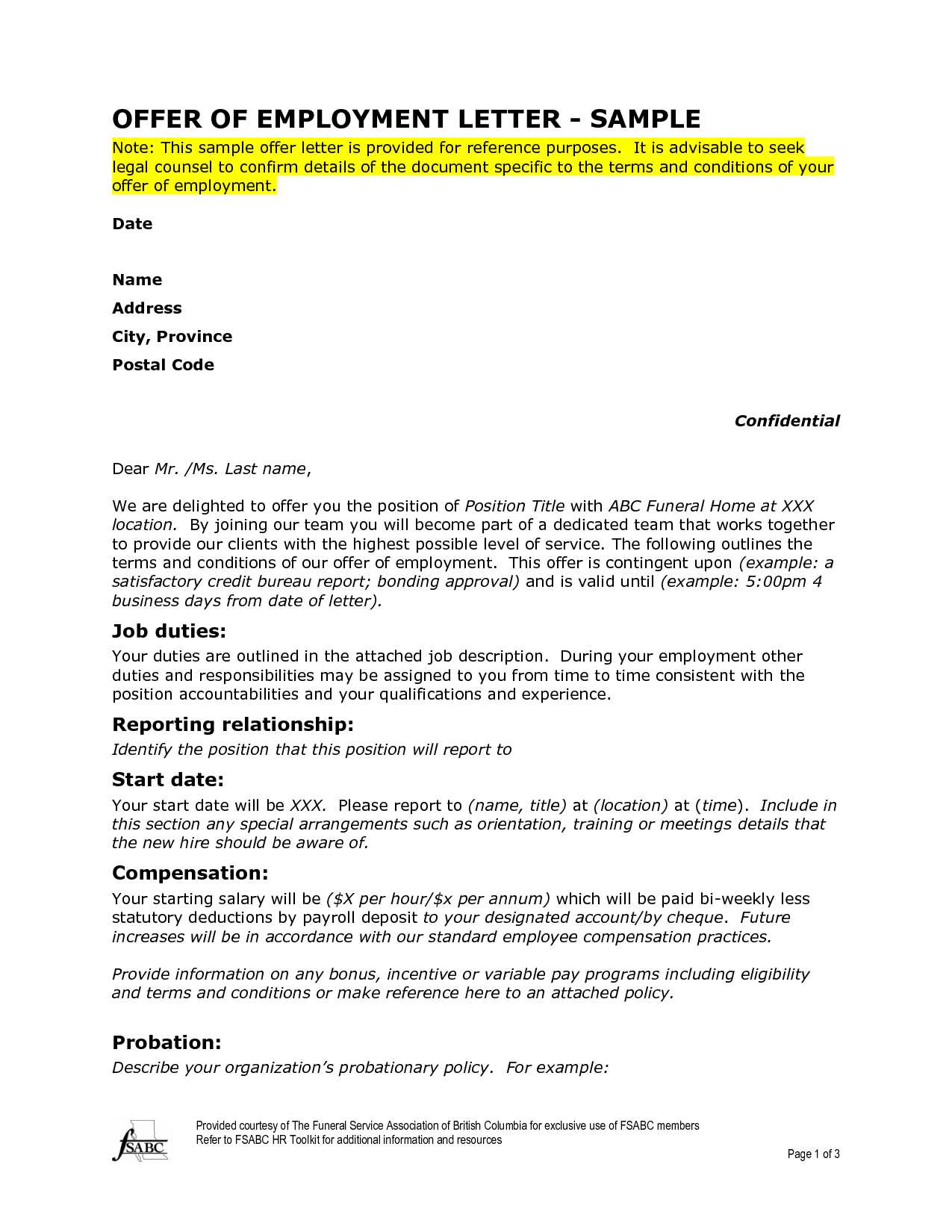
When offering someone a position within your company, providing clear, precise, and legally sound documentation is essential. This type of communication ensures that both the employer and the employee have a mutual understanding of the terms and conditions of the new role. A well-crafted document can protect both parties and prevent potential misunderstandings.
Such a document should outline key details like job responsibilities, salary, working hours, and other important terms of employment. It serves as both a formal agreement and a professional gesture that reflects the values and seriousness of the organization.
In this guide, we will walk you through the critical components needed to create this important piece of paperwork. We’ll also highlight common mistakes to avoid and provide tips on customizing it to suit your company’s needs. With the right approach, you can ensure that your proposal stands out and sets the foundation for a positive professional relationship.
What is an Employment Offer Letter
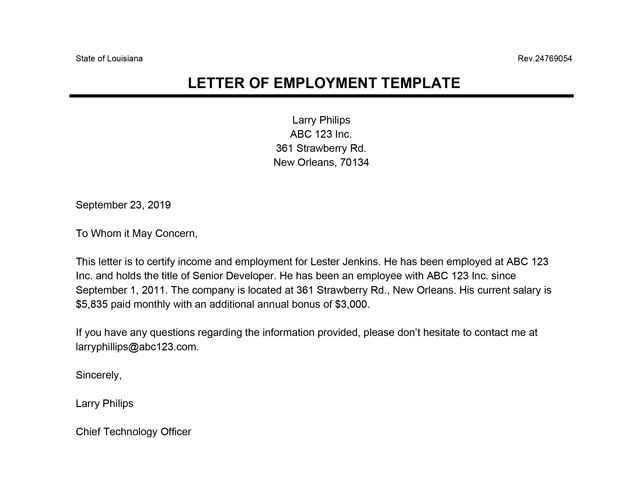
A formal document issued by an employer to a candidate, confirming the decision to hire them, is a vital step in the hiring process. This document serves to outline the terms and conditions of the role and establishes the framework for the professional relationship between both parties. It is a key component in ensuring that there is clarity and mutual understanding about the job, compensation, and expectations.
Purpose and Importance
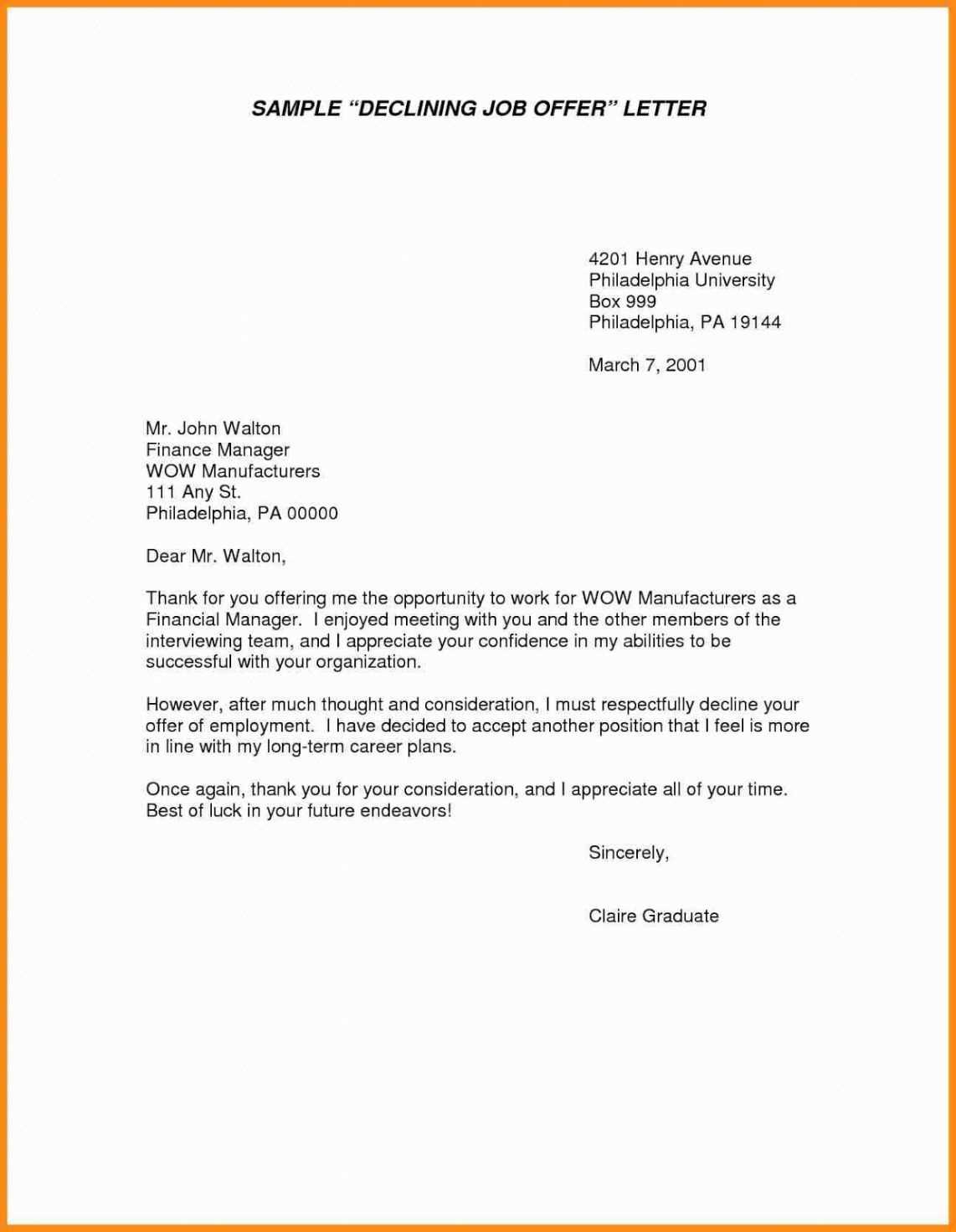
One of the primary purposes of this document is to ensure transparency. It provides the candidate with all the relevant details about their new role, such as salary, benefits, and other job-related aspects. It also protects the employer by clearly defining expectations and obligations.
What to Include in the Document
This formal communication should cover the most important aspects of the job, such as the position, working hours, salary, and benefits. Additionally, any probationary periods or specific conditions should be mentioned clearly. It is crucial for both parties to have a thorough understanding of what is expected before starting the position.
Key Elements of a Job Offer Letter
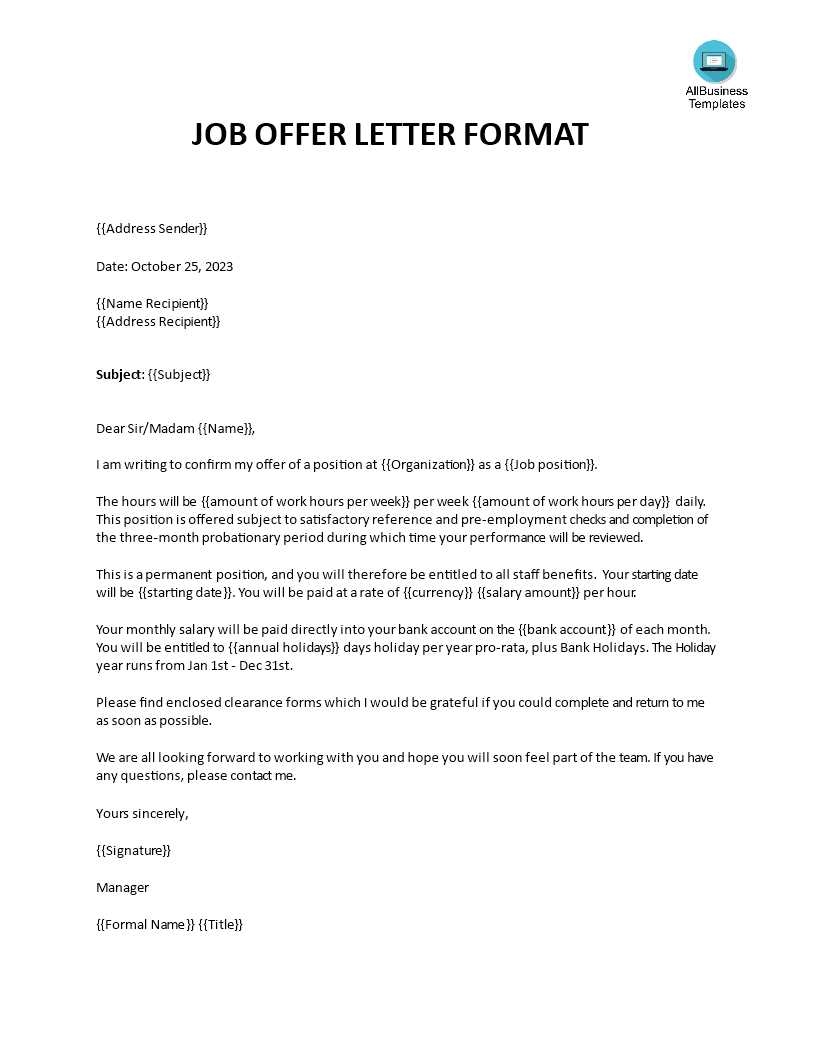
When formalizing a job proposal, it’s essential to include several key elements that ensure both the candidate and the company are aligned on all aspects of the new position. These elements provide clarity and set expectations for both parties before the start of the job. A well-structured document outlines the most important terms that govern the relationship.
Basic Information and Role Details
The first section should clearly define the job title, department, and primary duties. This helps the candidate understand exactly what their responsibilities will be and what is expected of them in the role. Clear job descriptions also help avoid misunderstandings later on.
Compensation and Benefits
Another critical element is the salary offered, as well as any benefits such as healthcare, bonuses, or paid leave. It is important to specify how and when payments will be made, whether the position is full-time or part-time, and if there are any additional perks or allowances. Providing this information upfront ensures transparency and builds trust.
How to Customize the Template
Adapting a standard document to meet the specific needs of your company or the individual role is essential for ensuring accuracy and relevance. Customizing this document allows you to reflect the unique terms of the position while maintaining clarity. It’s important to tailor the content to fit both your organization’s culture and the legal requirements of your location.
Adjusting Key Sections
The first step is to modify the basic sections such as the job title, salary, and benefits. Make sure that these details align with the role and compensation structure within your organization. Below is a simple table illustrating how to structure these details:
| Section | Example |
|---|---|
| Job Title | Marketing Manager |
| Salary | £40,000 per annum |
| Benefits | Health insurance, 25 days vacation |
Legal and Compliance Adjustments
It is crucial to ensure that all terms comply with local labor laws. Review the document to include any mandatory clauses regarding probation periods, termination policies, or non-disclosure agreements. Ensuring legal compliance prevents future disputes and clarifies mutual obligations.
Legal Considerations for UK Employers
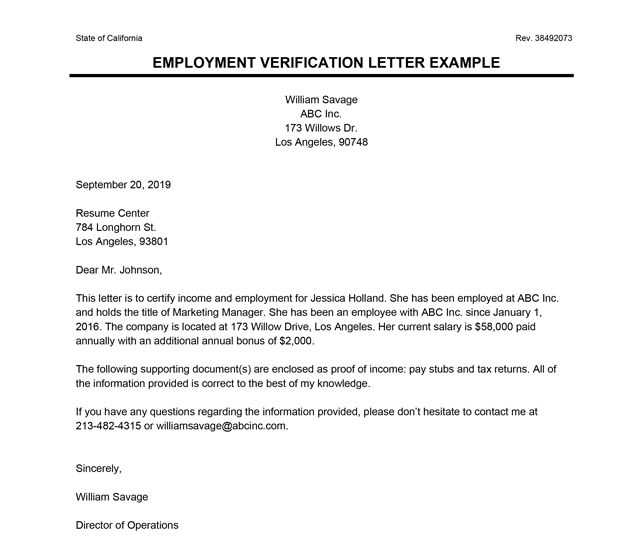
When creating a formal agreement for a new hire, it is essential to be mindful of legal requirements to ensure compliance with UK law. A poorly structured document or missing legal details could lead to disputes or issues down the line. Employers must consider several legal factors when drafting these important communications.
- Employment Rights: Ensure that the terms comply with the UK’s employment laws, such as the right to a minimum wage, holiday entitlement, and protection from unfair dismissal.
- Non-Discrimination: Avoid discriminatory language and practices. All terms must reflect equal opportunities regardless of age, gender, race, or disability.
- Probation Periods: Clearly outline any probationary periods and the associated conditions. This allows both parties to assess the suitability of the role.
- Confidentiality and Non-Compete: If applicable, include clauses regarding confidentiality and non-compete agreements to protect sensitive business information.
- Notice Period: Specify the notice period required for termination of the role, which is a key legal requirement in the UK.
By incorporating these legal considerations, employers can avoid potential conflicts and ensure that the agreement is both fair and enforceable. Understanding these key points also helps create a solid foundation for the professional relationship between the employer and the new hire.
Common Mistakes to Avoid in Offer Letters
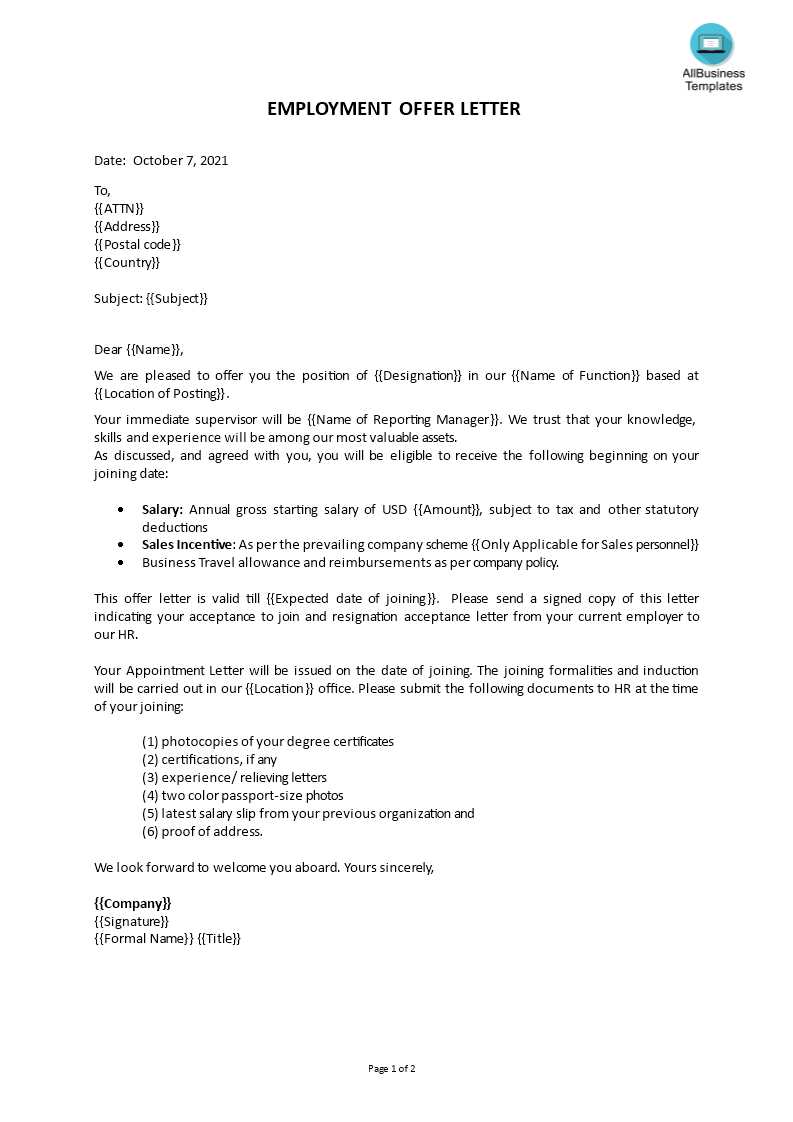
While drafting a formal communication for a new hire, it’s crucial to avoid certain errors that could lead to misunderstandings or legal issues. A well-crafted document should be clear, complete, and legally sound. Failing to address key details can result in confusion, dissatisfaction, or even disputes later on.
Missing Key Details
One common mistake is leaving out essential information such as salary, job responsibilities, or working hours. Failing to specify these terms can create uncertainty for both parties. Be sure to include all relevant details to ensure the candidate knows exactly what is expected of them.
Ambiguous Terms and Conditions
Another mistake is using vague language when outlining terms of employment or other important clauses. Avoid phrases that are unclear or open to interpretation. Clearly defined probation periods, notice periods, and benefits should be explicitly stated to prevent future confusion.
Benefits of Using a Template for Offers
Utilizing a pre-designed structure for formal proposals can significantly streamline the process of drafting documents. It ensures consistency and accuracy, saving time while maintaining professionalism in communications. By following a set format, individuals and businesses can avoid missing important details and presenting information in a clear, organized manner.
One of the key advantages of using a predefined structure is the reduction in errors. Templates offer a well-thought-out layout that guides the writer through all necessary components, reducing the chances of overlooking crucial elements. Additionally, it ensures that the content adheres to relevant legal or organizational standards, making the document more reliable and formal.
Another benefit is the speed at which such documents can be produced. With a ready-to-use outline, the time spent drafting from scratch is minimized, allowing for faster completion. This is especially beneficial in fast-paced work environments where time is often of the essence.
Templates also provide a sense of clarity and uniformity in business dealings. They help establish a recognizable and professional approach to formal communications, which is essential for building trust and credibility with recipients. Whether you are managing a large team or working with external partners, using a structured approach can positively impact the overall image of the organization.